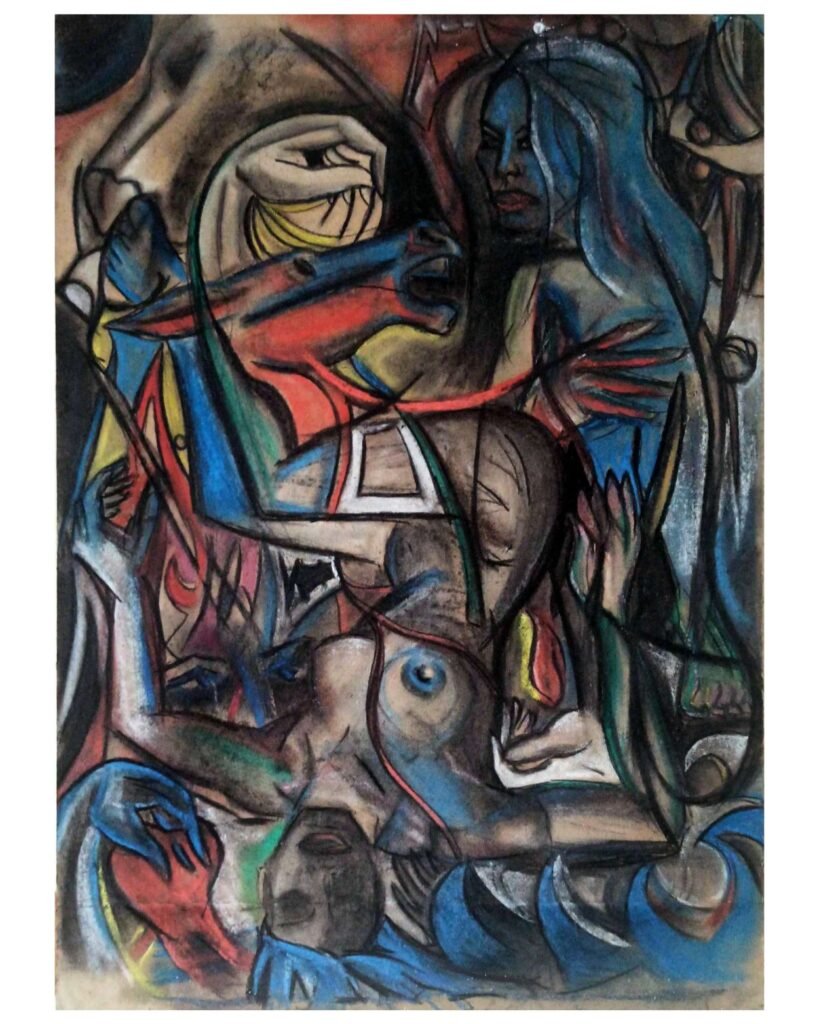

I don’t fully remember my childhood—only the feeling that permeated it. It was a time when curiosity clashed with obligations, and childish play gave way to something I hadn’t chosen.
At the age of five, my father introduced me to music. The violin. That moment was a mix of panic and excitement—like standing on the edge of something unknown, forced to take a step forward. I had no idea it was the beginning of a long journey, not a fairy-tale one, but a journey of struggle between duty and desire.
I soon realized that the violin was not a toy. It was demanding, ruthlessly precise, and required more than I thought I had to give. Nothing happens overnight. I had to dedicate hours, days, years… Time I wanted to spend playing or drawing was now devoted to practicing music. Ah, the childhood that never was.
Notes became my new language. I learned them before letters. My music teacher wrote them in an artistic way—sometimes full, sometimes hollow, sometimes with two hooks, sometimes lined up in a row. It was fascinating but exhausting.
My father was unwavering. His word was law. My voice, my dreams—they remained in the shadows of sheet music.


As the years passed, my skills improved, but my love for the violin never fully took root. Instead, a love for another form of art—creating, painting, drawing—grew inside me. But that was forbidden.
“Responsibilities first, then everything else.”
And there were too many responsibilities.
But art cannot be suppressed forever. At some point, it breaks through, defying rules, carving out its own path. For me, that moment came when, in an act of quiet rebellion, I grabbed an old brush, leftover pigments, and let my imagination flow onto the wall. My first mural was born. Raw, imperfect, but mine.
And it still stands today. My mother won’t let anyone paint over it.
She is my biggest fan
And you? Have you ever had to choose between duty and passion? Or maybe you, too, have a piece of art—hidden away or proudly displayed—that tells your story?
Art has a way of capturing emotions words often fail to express. It holds memories, emotions, and silent confessions within each brushstroke. Perhaps you have a song that speaks to your soul, a photograph that freezes a moment in time, or a sketchbook filled with untold dreams. Maybe your art is not traditional—maybe it’s the way you arrange flowers, bake, dance, or write.
Whatever it is, let it breathe. Let it speak. Let it tell your story. Because no passion should ever remain buried.